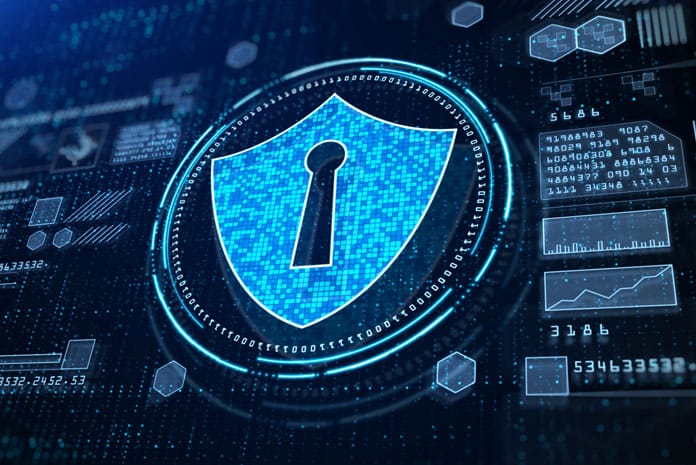While the COVID-19 pandemic may have driven the initial overnight shift to remote work, many organizations and their employees are now fully embracing its benefits. Still, the transition was not without challenges – and many were scrambling to deploy the right tools that would help employees cope with the demands of remote collaboration.
Fortunately, working remotely has brought forth more positives than negatives! As such, businesses are considering a permanent shift to a more flexible work policy. But in order to solidify these plans, they need to ensure their policies and technologies prioritize security – because strong cybersecurity practices are critical to reaping the benefits of remote work.
Uncovering the benefits of remote work
According to a recent LogMeIn survey, 78% of people are working from home at least part of the time, and 70% of workers like the idea of working from home permanently.
Many people (57%) agree that the workday seems longer due to their commute and agree working from home saves them time (72%). Other commonly cited benefits include saving money (66%), spending more time with family and friends (56%), feeling happier (45%), and increased productivity (37%).
In other words, remote work has helped thousands better balance work and life, as well as cut down on distractions and tedium.
Prioritizing security when working from anywhere
Companies face cybersecurity threats regardless of where employees are working. Whether they’re connecting from an office or from home, the risks of cyberattacks (such as data loss and data breaches) are something companies need to plan for and work to mitigate. In fact, a solid cybersecurity strategy is arguably more important while employees are working from home, given that more factors – from the Wi-Fi network to shared devices – may be outside the direct control of IT.
Because employees consider remote work a way to save time and increase productivity, an effective cybersecurity strategy needs to focus on removing day-to-day obstacles, while strengthening protection behind-the-scenes. A strong cybersecurity strategy gives employees the confidence to focus on their work without worrying about whether they’re doing something incorrectly.
Oftentimes, investing in reliable security technology – like single sign-on to streamline and centralize employee access – makes things easier on both IT and employees while building better security into their day-to-day. And since remote work relies more on software-as-a-service (SaaS) providers, IT can take advantage of extra security features and controls while facilitating ways for employees to meet, share, and collaborate.
Remote work and strong cybersecurity aren’t mutually exclusive. In fact, a well-planned, well-executed cybersecurity strategy will make remote work easier to support. Employees will be poised to enjoy more of the benefits of remote work, while IT is able to minimize the added risks and downsides. Since remote work is here to stay, IT leaders should invest now in upgrading or adding security technologies that make remote work safer and more productive.














thank you for the article post.